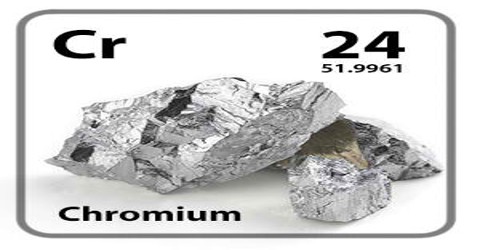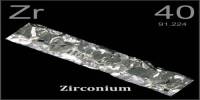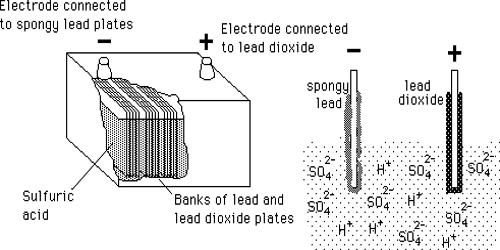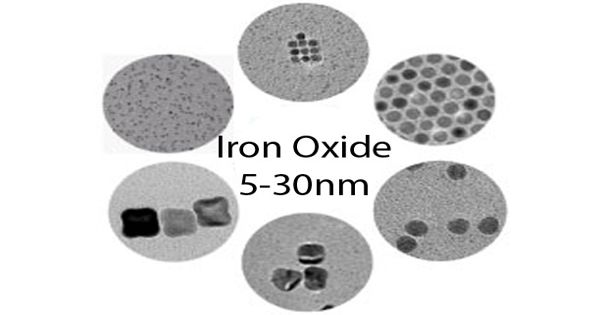Chromium
Definition
Chromium is a hard, shiny, steel-gray metallic element that is rust-resistant and does not tarnish easily. It is used to plate other metals, to harden steel, and to make stainless steel and other alloys. Atomic number 24; atomic weight 51.996; melting point 1,890°C; boiling point 2,482°C; specific gravity 7.18. The name of the element is derived from the Greek word χρῶμα, chrōma, meaning color, because many chromium compounds are intensely colored.

Chromium exists in many natural foods including brewer’s yeast, meats, potatoes (especially the skins), cheeses, molasses, spices, whole-grain breads and cereals, and fresh fruits and vegetables. Drinking hard tap water supplies chromium to the body, and cooking in stainless-steel cookware increases the chromium content in foods.
Trivalent chromium (Cr(III)) ion is an essential nutrient in trace amounts in humans for insulin, sugar and lipid metabolism, although the issue is debated. While chromium metal and Cr(III) ions are not considered toxic, hexavalent chromium (Cr(VI)) is toxic and carcinogenic. Abandoned chromium production sites often require environmental cleanup.
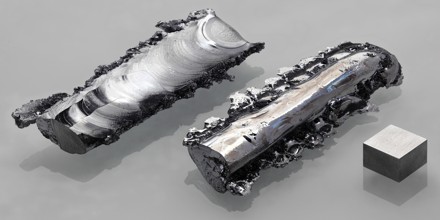
Applications of Chromium
Metal alloys now account for 85% of the use of chromium. The remainder is used in the chemical, refractory, and foundry industries. The following are the application areas of chromium:
- In metal ceramics
- In chrome plating
- As dyes and paints
- To produce synthetic rubies
- In alloys, e.g., stainless steel
- To manufacture molds for the firing of bricks
- As a catalyst in dyeing and tanning of leather
- In metallurgy to provide corrosion resistance and a shiny finish

Uses of Chromium
Chromium helps to move blood sugar (glucose) from the bloodstream into the cells to be used as energy and to turn fats, carbohydrates, and proteins into energy.
- Chromium may help some people with type 2 diabetes. It may help them control their blood sugar and may play a role in the management of type 2 diabetes. But more studies are needed to know how well it really works.
- Chromium supplements are promoted as being helpful in building muscle and burning fat and in helping the body use carbohydrates. But this has not been proved.
- Chromium may affect the eyes. There is a link between low chromium levels and increased risk of glaucoma.
- Chromium slows the loss of calcium, so it may help prevent bone loss in women during menopause.
Other uses of Chromium

- Chromium(IV) oxide is used to manufacture magnetic tape used in high-performance audio tape and standard audio cassettes. Chromates can prevent corrosion of steel under wet conditions, and therefore chromates are added to drilling muds.
- Chromium(III) oxide (Cr2O3) is a metal polish known as green rouge.
- Chromic acid is a powerful oxidizing agent and is a useful compound for cleaning laboratory glassware of any trace of organic compounds. The use of dichromate cleaning solutions is now phased out due to the high toxicity and environmental concerns. Modern cleaning solutions are highly effective and chromium free.
- Potassium dichromate is a chemical reagent, used as a titrating agent.
- Chrome alum is Chromium(III) potassium sulfate and is used as a mordant for dyes in fabric and in tanning.
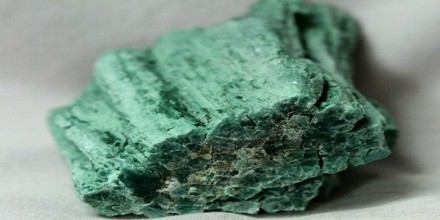
Biological Role and Natural Abundance
Chromium is an essential trace element for humans because it helps us to use glucose. However, it is poisonous in excess. We take in about 1 milligram a day. Foods such as brewer’s yeast, wheat germ and kidney are rich in chromium.
Although the mechanism in biological roles for chromium is unclear, dietary supplements for chromium include chromium(III) picolinate, chromium(III) polynicotinate, and related materials. The benefit of supplements has not been proven.
Chromium is found mainly in chromite. This ore is found in many places including South Africa, India, Kazakhstan and Turkey. Chromium metal is usually produced by reducing chromite with carbon in an electric-arc furnace, or reducing chromium(III) oxide with aluminium or silicon.
